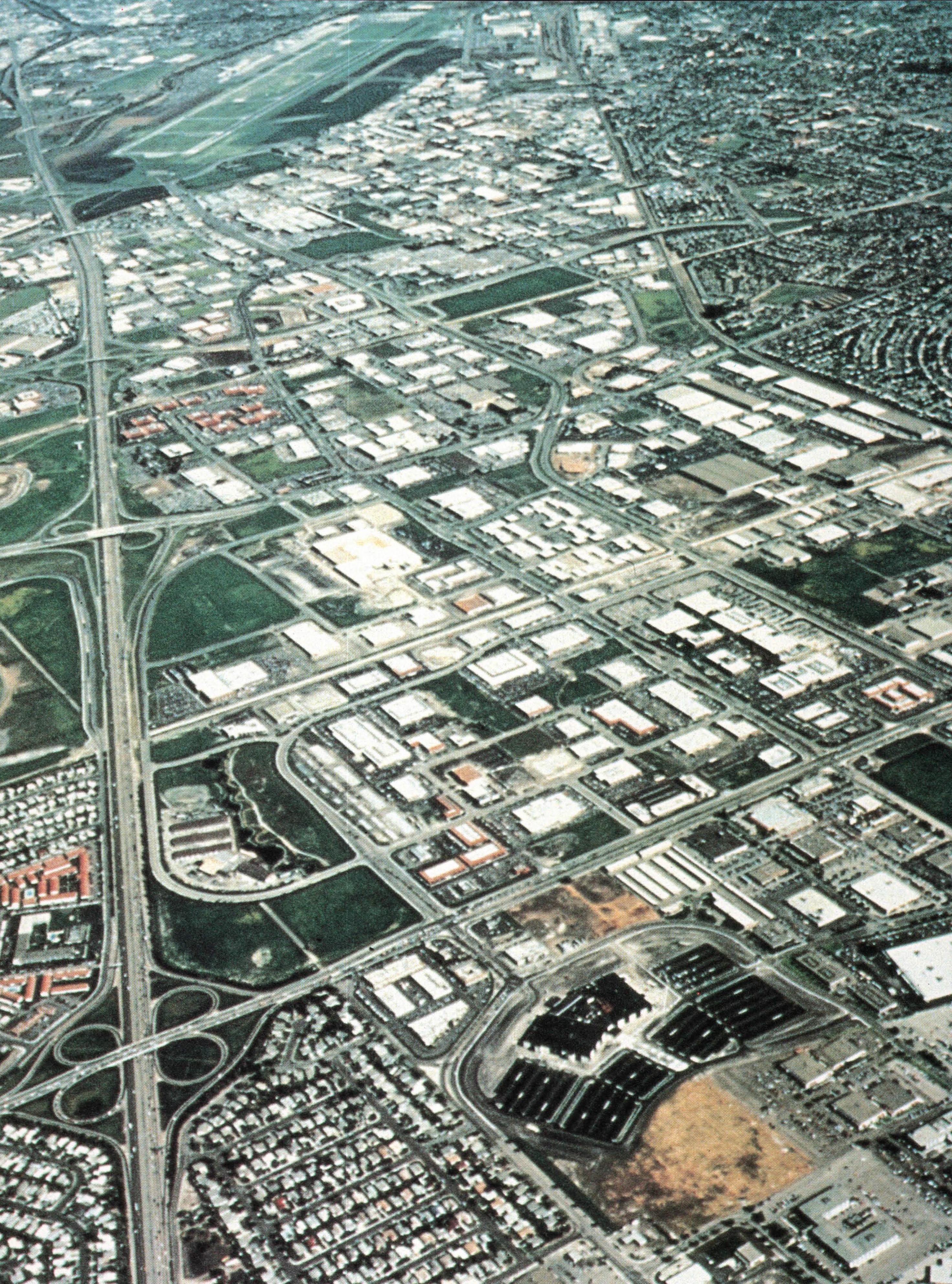In 1959, two years after Digital was founded, Fairchild Camera & Instrument bought out Fairchild Semiconductor, giving Robert Noyce, Jean Hoerni, and the six other founders $250,000 in corporation stock. Although the founders stayed on, they soon became dissatisfied with their positions. They were prospering but they weren’t getting rich, and the firm was no longer theirs but Fairchild’s – and Fairchild’s formal, structured management methods didn’t mesh with Silicon Valley’s casual, free-form California style. In 1961, Hoerni and three other founders resigned and established Amelco (later Teledyne Semiconductor). Other, lower level executives followed suit, and IC firms began to crop up all over Silicon Valley, bearing such high-tech neologisms as Signetics, Intersil, Advanced Micro Devices, and Qualidyne. All told, about fifty IC companies have their roots in Fairchild.
Even Noyce, Fairchild’s general manager, resigned. He and Gordon Moore, a mild-mannered physicist who was one of Fairchild’s founders, established Intel (an acronym that stands for integrated electronics) in 1968. Such was Noyce and Moore’s reputation that the pair didn’t even have to write a business plan to attract investors; they simply said that they intended to specialize in memory chips, the most promising segment of the IC market, and the money flowed in. Noyce and Moore put up $250,000 each, and Arthur Rock, the venture capitalist who had introduced Noyce, Moore, and their fellow Shockley expatriates to Fairchild Camera & Instrument, raised $2.5 million. Intel moved into a small building in Santa Clara, not far from Fairchild, and patiently and confidently devoted its first two years to the development of more sophisticated memories.
At that time, the most advanced RAMs held sixty-four bits. That wasn’t sufficient to supplant magnetic cores, which were inexpensive and reliable. In 1970, Fairchild, now Noyce and Moore’s competitor, introduced a 256-bit RAM, and the switch from cores to ICs gathered momentum. By the end of the year, Intel had leaped ahead with the creation of a 1K RAM. For the first time, an IC could hold a truly significant amount of information- 1,024 bits on a chip that measured a mere 0.113 by 0.139 ‘inches. Magnetic cores could store only a few bits in the same amount of space. Orders poured into the company. In 1971, Intel had $9 million in sales and about five hundred employees; three years later, revenues had almost tripled, while the workforce had doubled. But that was only the beginning, for, in November 1971, Intel introduced a revolutionary new chip, the microprocessor.
